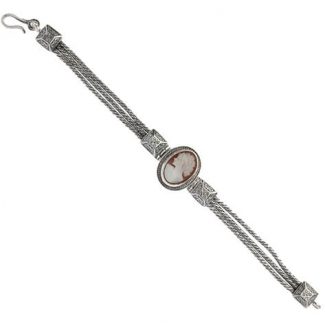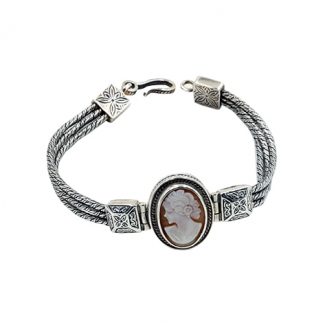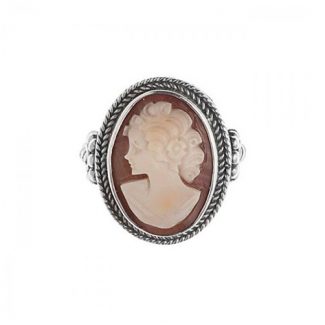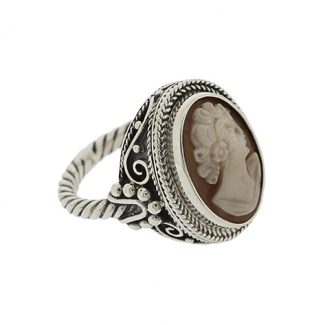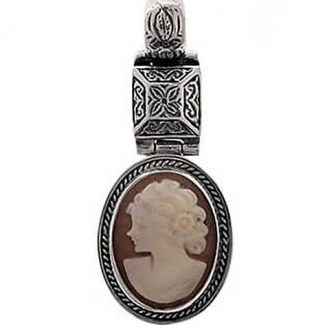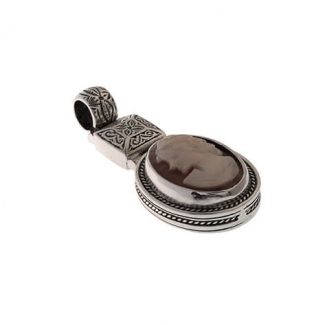925 Sterling Silver Handmade Multi Chain Bracelet with Cameo
Handmade multi chain bracelet made from 925 sterling silver, oxidized and engraved in unique decoration with cameo stone.
Cameo
The name comes from the Latin cameus, which probably refers to the Greek word “kamata”. It is a relief carved in stone. Cameos were usually carved by sculptors on stones that had two layers of material. Each layer was a different color. Engraving was usually done on the lighter material so that the darker material underneath would appear as a background.
Cameos began to be made during the Alexandrian and Roman times, when masterpieces were carved in stone. After the Roman era, cameo production waned, to be reborn in the Renaissance along with lithography (sculpture) in general. It was during this later period that artists preferred shell and coral as materials for carving cameos, and this technique flourished in Naples, Italy.
925 Sterling Silver Cameo Ring
Ring made from 925 sterling silver, with natural cameo. Oxidized.
Cameo
The name comes from the Latin cameus, which probably refers to the Greek word “kamata”. It is a relief carved in stone. Cameos were usually carved by sculptors on stones that had two layers of material. Each layer was a different color. Engraving was usually done on the lighter material so that the darker material underneath would appear as a background.
Cameos began to be made during the Alexandrian and Roman times, when masterpieces were carved in stone. After the Roman era, cameo production waned, to be reborn in the Renaissance along with lithography (sculpture) in general. It was during this later period that artists preferred shell and coral as materials for carving cameos, and this technique flourished in Naples, Italy.
925 Sterling Silver Cameo Pendant
925 Sterling Silver Pendant decorated with handmade natural Cameo. Oxidized.
Cameo
The name comes from the Latin cameus, which probably refers to the Greek word “kamata”. It is a relief carved in stone. Cameos were usually carved by sculptors on stones that had two layers of material. Each layer was a different color. Engraving was usually done on the lighter material so that the darker material underneath would appear as a background.
Cameos began to be made during the Alexandrian and Roman times, when masterpieces were carved in stone. After the Roman era, cameo production waned, to be reborn in the Renaissance along with lithography (sculpture) in general. It was during this later period that artists preferred shell and coral as materials for carving cameos, and this technique flourished in Naples, Italy.


